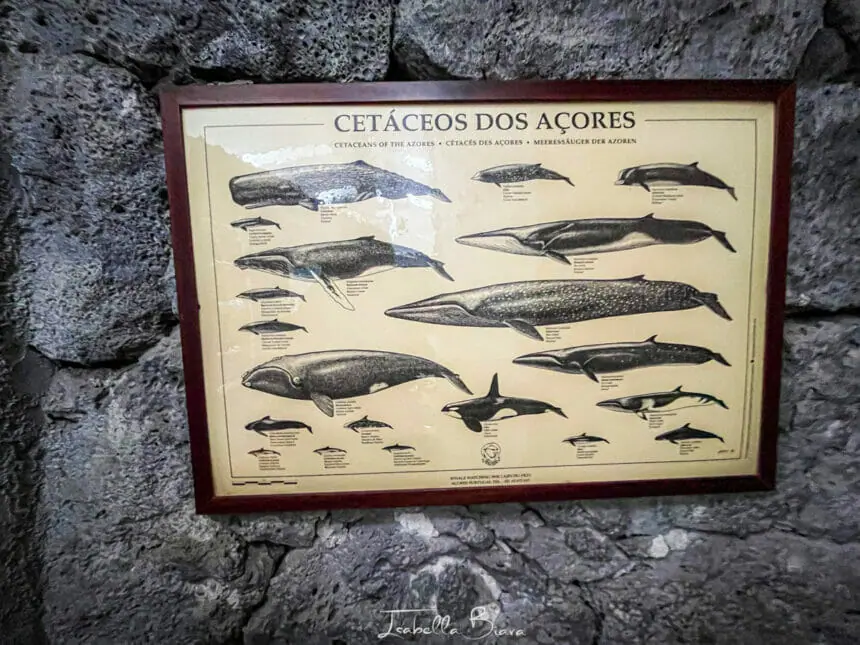The Whales of the Azores: A Tale of Giants and Human Ingenuity
- Helder Ponta garca
- Jun 7, 2024
- 3 min read
The Azores, a remote archipelago in the Atlantic Ocean, are often described as the “jewels of the Atlantic,” known for their lush landscapes, volcanic craters, and vibrant marine life. But among all the wonders these islands offer, the majestic whales have captured the hearts and imaginations of locals and visitors alike. This is a story of how these gentle giants have shaped the history and culture of the Azores.
The First Encounters, Whales of the Azores
The relationship between the Azoreans and whales dates back to the early 19th century. As ships from New England ventured across the Atlantic on their whaling expeditions, they discovered the Azores as a prime hunting ground teeming with sperm whales. The local Azorean men, skilled seafarers by nature, soon joined these whaling crews, bringing their intimate knowledge of the ocean to the hunt.
The Whaling Era
By the mid-19th century, the Azores had become a bustling hub for the whaling industry. Whaling stations dotted the coastline, and nearly every Azorean village had men who ventured out to sea in pursuit of these leviathans. The work was grueling and dangerous, but it was also a source of pride and economic sustenance for many families. The oil extracted from the whales was a precious commodity, used for lighting lamps and as a base for various industrial products.
Life on the Edge
Imagine setting out in a small, open boat, armed only with a harpoon, to chase down a creature as large as a city bus. This was the life of an Azorean whaler. The bravery and tenacity required to face such formidable creatures turned these men into legends in their own right. Their tales of near-misses and epic battles at sea were recounted in hushed tones around village fires and have become an integral part of Azorean folklore.
The Shift to Conservation
The whaling industry began to decline in the early 20th century as the demand for whale oil decreased and conservation efforts started to take root. By the 1980s, whaling in the Azores had come to an end, but the legacy of these mighty creatures continued. The once-hunted whales became symbols of natural beauty and marine biodiversity, and the islands shifted their focus to conservation and sustainable tourism.
Whale Watching: A New Era
Today, the Azores are celebrated as one of the best places in the world for whale watching. The same waters that once ran red with the blood of hunted whales now teem with life, offering sanctuary to over 20 species of cetaceans, including sperm whales, blue whales, and playful dolphins. Whale watching tours have become a major attraction, drawing eco-tourists from around the globe who come to witness these magnificent animals in their natural habitat.
A Shared Legacy
The transition from whaling to whale watching has not only helped preserve marine life but has also fostered a deep respect and connection between the Azoreans and the ocean. The local communities have embraced their role as stewards of the sea, ensuring that the lessons learned from the past are carried forward into a sustainable future.
The Future of the Giants
The story of the whales in the Azores is a powerful reminder of the delicate balance between human activity and nature. It is a testament to the resilience of both the whales and the Azorean people, who have transformed their history of hunting into a future of coexistence and respect.
So, when you visit the Azores and find yourself gazing across the vast expanse of the Atlantic, remember the giants that swim beneath the waves. Their presence is a living history, a bridge between the past and the present, and a promise of a future where both humans and whales can thrive together.
Come and join us in the Azores, where every whale sighting is a glimpse into a rich tapestry of history, culture, and natural wonder. Dive into our blog for more captivating stories and discover the extraordinary journey of these magnificent creatures and the people who have been shaped by their presence.


















Comments